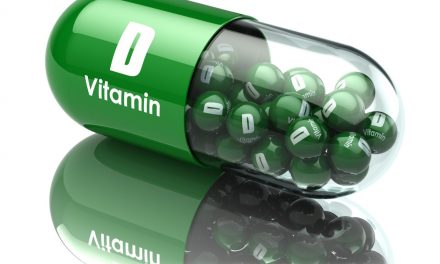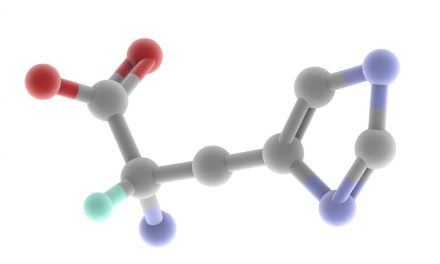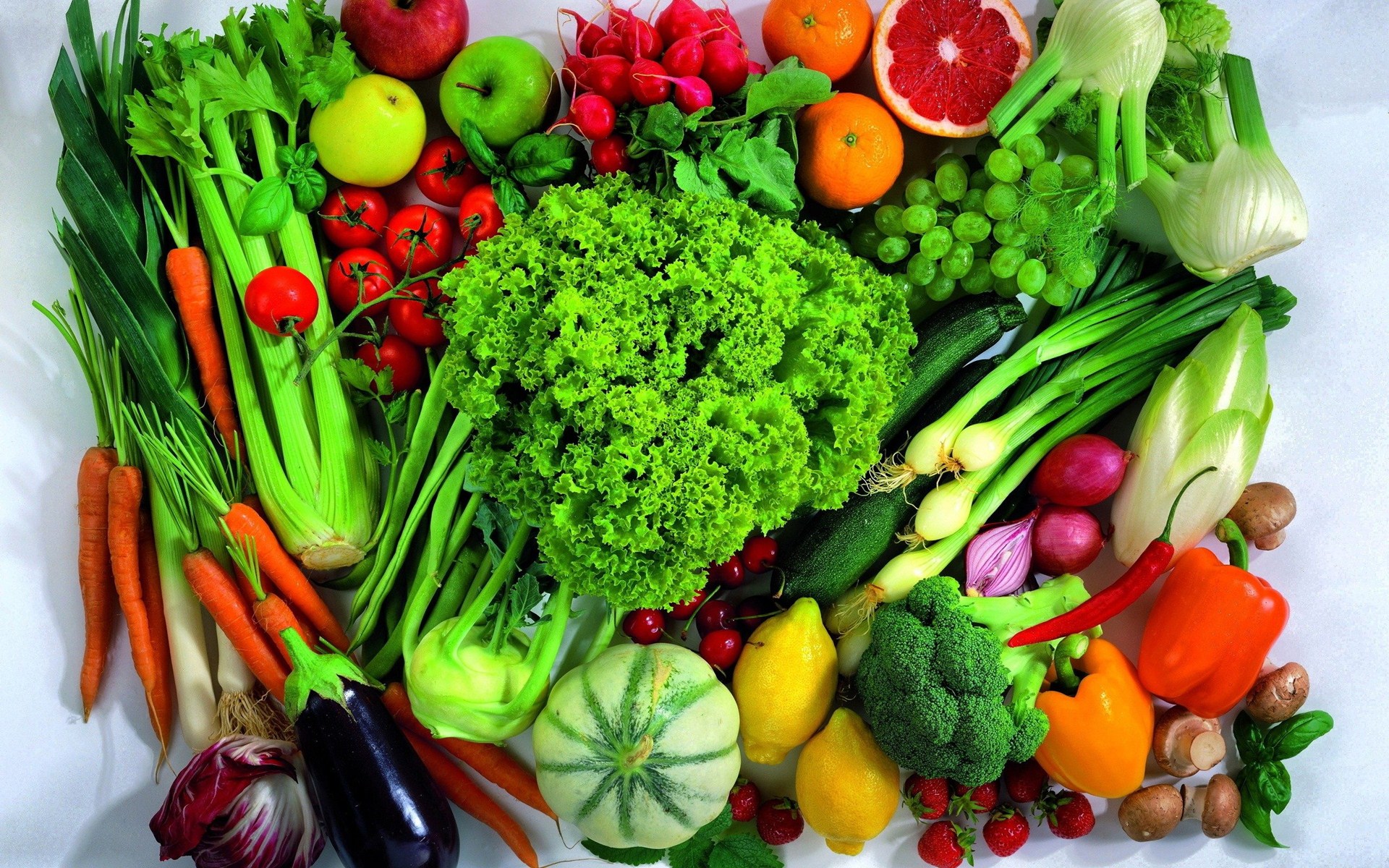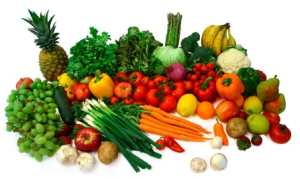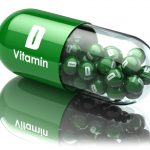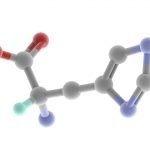Legumes: what they are and how you eat
Legumes are foods of plant origin (family Fabaceae); more precisely, it is enclosed in a seed pod, but it is neither grain nor berries or other vegetables.
The best known are legumes: beans, peas, chickpeas, lentils, soybeans, lupins, peanuts, grass pea and carob.
Legumes are marketed under various forms of conservation; fresh ones can be found easily on the shelves of fruit and vegetables during the proper season. There are also vegetables preserved in cans or stored at room temperature after drying; latter method allows not to use large quantities of salt (NaCl) and maintains a certain nutritional integrity.
The functions of the vegetables in the kitchen are many. Having a good aminoacid composition, they can replace products made from cereals and potatoes (except for the bread that requires gluten, absent in legumes). At the same time, thanks to the typical protein abundance, if properly combined with other food legumes can achieve a biological value (BV) that would replace the foods of animal origin.
On a practical level, stew legumes can replace pasta or rice; boiled, drained and cooled can be used as side dishes; cooked along with grains to achieve a VB similar to that of egg protein.
Nutritional properties of legumes
The nutritional aspects of vegetables can be differentiated in 1. Energy and macronutrients, 2. Mineral salts and vitamins.
1. Energy and macronutrient
- Energy function and carbohydrate intake: fresh vegetables make a quantitative energy rather heterogeneous; ranging from 40kcal/100g beans, notoriously low-calorie, to 115kcal/100g lupins. Evaluating the energy introduced with legumes we must remember that, while for fresh and canned ones do not need to change the values in the tables of food composition, for dried beans you need to correct all the nutrients for a hydration coefficient of 3. A legume dry to soak (eg dried beans), which provided 300kcal/100g, once rehydrated weigh 3 times as much, but for a given mass makes 300/3
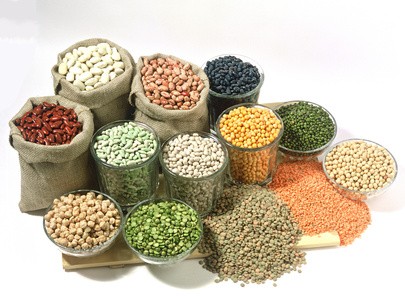 = 100kcal/100g. Ultimately, all values of the dried leguminous vegetables in the table should be divided by 3. Most of the energy intake comes from carbohydrates; these, after cooking and the relative increase in digestibility, however, have a moderate glycemic index (also thanks to the abundance of dietary fiber).
= 100kcal/100g. Ultimately, all values of the dried leguminous vegetables in the table should be divided by 3. Most of the energy intake comes from carbohydrates; these, after cooking and the relative increase in digestibility, however, have a moderate glycemic index (also thanks to the abundance of dietary fiber). - Proteins and lipids: proteins contained therein represent about one third of the total calories. These, while having a modest BV, are deficient only in methionine and cysteine; by associating them with other proteins rich in these two aminoacids (such as those of cereals), they can reach a BV similar to that of animal proteins. The lipids are polyunsaturated, and of good quality, but in a minimal amount (1/15 of total calories).
2. Minerals and vitamins
- Mineral salts: legumes make good amount of iron (Fe), potassium (K) and phosphorus (P).
- Vitamins: Vitamins are typical of legumes are especially thiamine (B1), niacin (PP), folic acid and biotin (vitamin H).
The anti-nutritional factors
Legumes also have some anti-nutritional functions: during digestion of legumes it is possible to observe a significant reduction in starches and proteins digestive effectiveness (up to 40%); it is therefore advisable to avoid excessively generous portions and to associate them with large amounts of protein foods. These anti-nutritional elements can be inactivated through a careful heat treatment. There are also some chelating molecules that hinder the absorption of minerals, negating much of the calcium and iron.
Further problems may relate to meteorism and favism (due to the specific consumption of broad beans) .
Legumes against high cholesterol
When we eat legumes, we can observe a significant reduction of cholesterol absorption, both on the exogenous fat molecules and on the endogenous ones, produced by the bile.
Ultimately, the consumption of legumes is particularly suitable in glycemic control, in dyslipidemia, colon cancer and constipation prevention and treatment.
